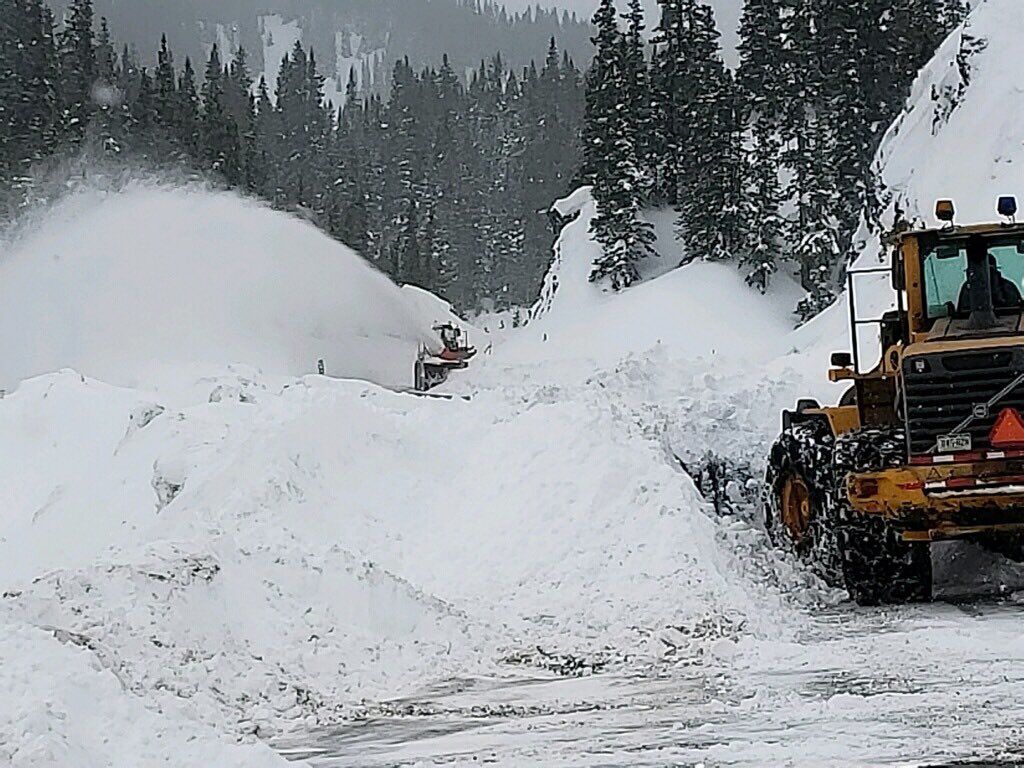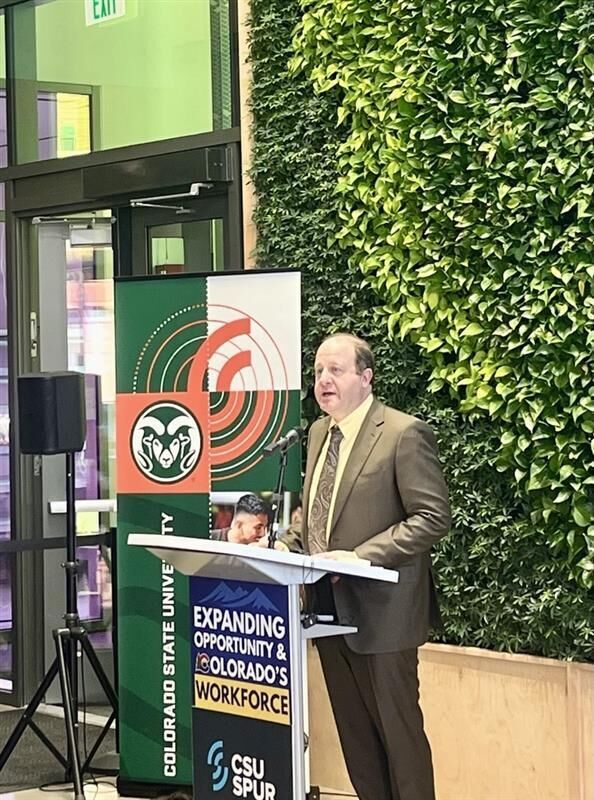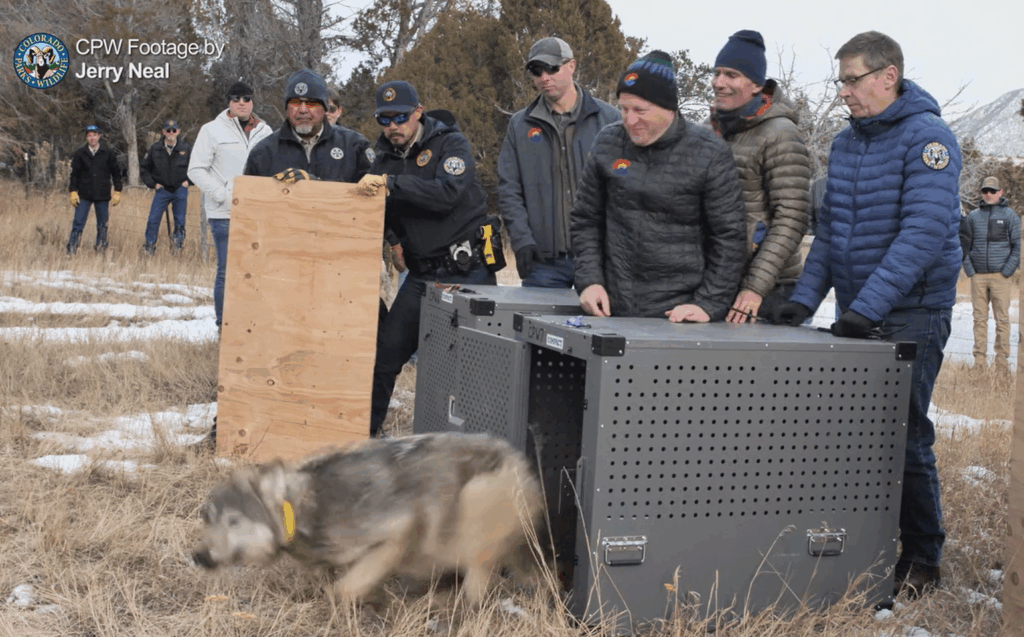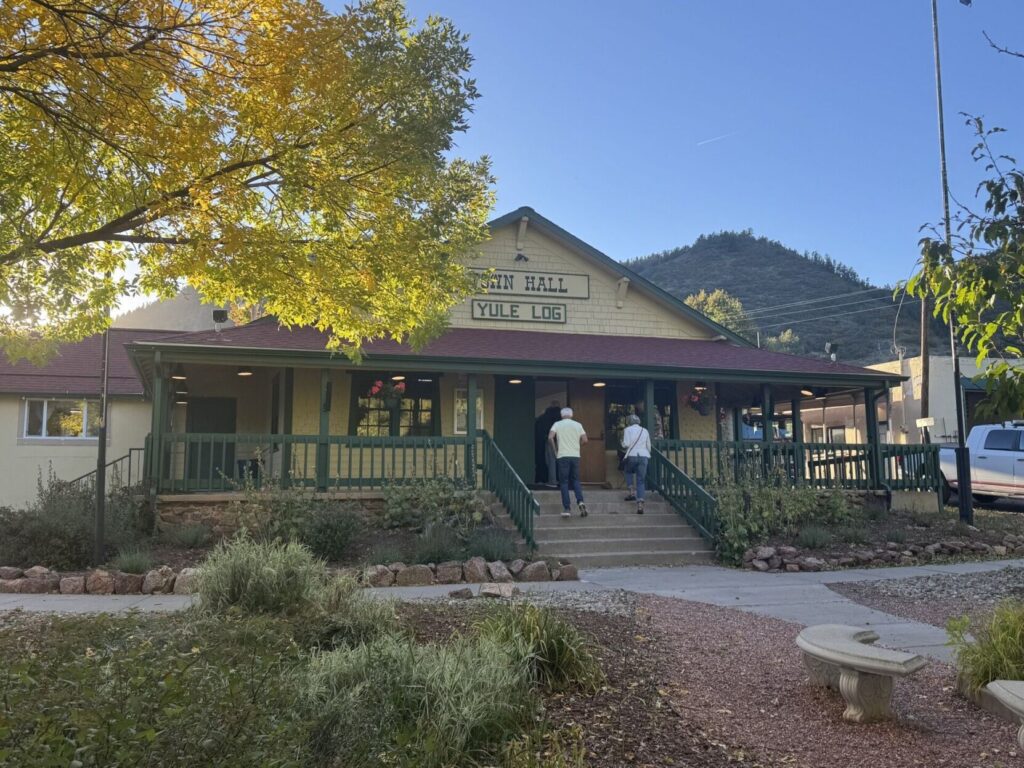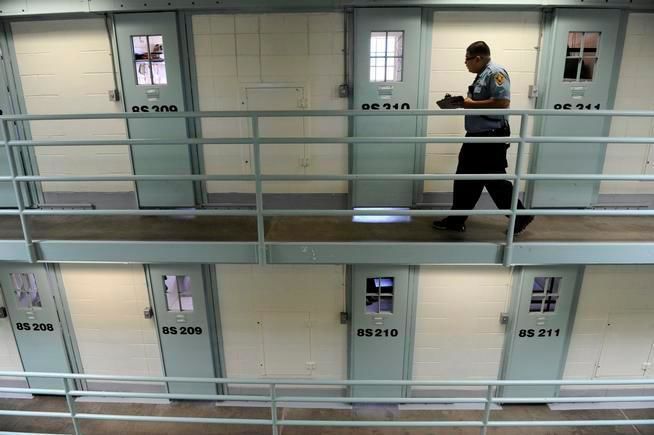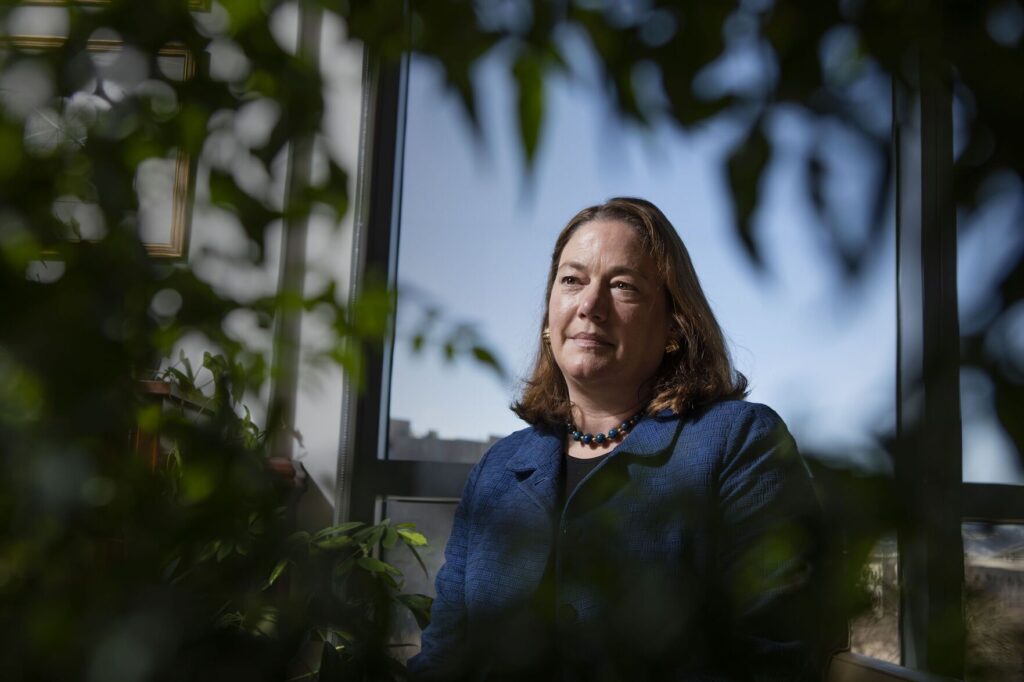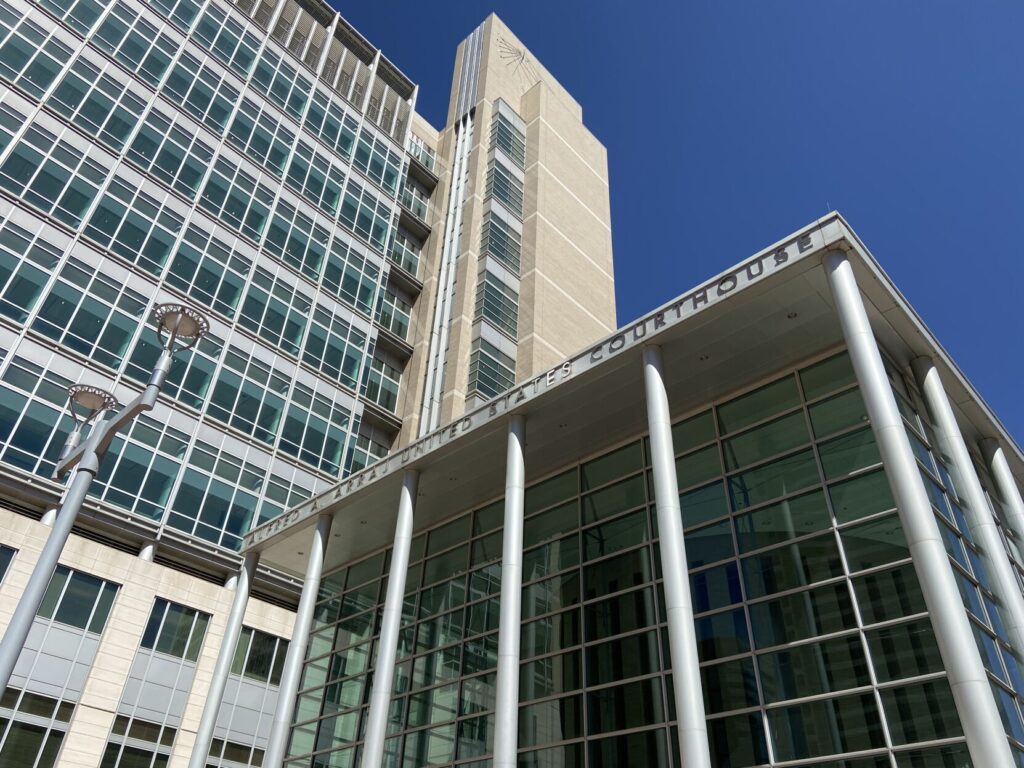Menten: RTD highly subsidized, no ‘greedy profiteer’
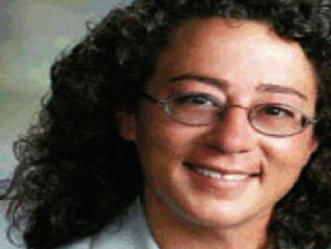
The Regional Transportation District recently approved a 2016 fare structure that some think unfair. The agency held public hearings over several months and listened to concerns and adjusted the proposal. Still, multiple protests were organized, and even Occupy Denver decided to beat their drums.
I believe by reducing expenditures on high-cost services, RTD can better serve those who are truly transit-dependent with reasonable fares.
Media stories concentrated on a 15 percent increase, which is only applicable for a cash purchase for a local route. By choosing to use the Smart Card that will be rolled out in 2016, the increase for the ride will be less than 4.5 percent. Currently, a rider who uses a local bus or train route pays $2.25. The new fare when using a Smart Card will be $2.35. Just 10 cents more — and the first increase since 2011!
While some fares will increase, others will drop dramatically. Currently, a local route, all-day pass costs $6.75. The new fare will just be $5.20. That’s close to 23 percent less than it is today.
Regional routes, which serve areas on the outer sections of the district and include fewer stops, will see fares drop from $5 to $4.50. The DIA trip, currently ranging from $9 to $13, will be set at a flat rate of $9.
Some at our public hearings commented that RTD was a taxpayer-funded agency but acted like a “greedy profiteer.” I can criticize RTD for selling a light rail system to voters that is more than a billion dollars over projections, or RTD contractors who poorly predicted ridership on the West Corridor light rail that hasn’t materialized after two years, or falling short on financial transparency. But saying that RTD acts like a profiteer is an invalid criticism.
RTD does not have one single route that pays for itself with only fares. In fact, fares cover only 22 percent of the cost of services. The additional cost is covered largely by sales tax with another 20 percent from other government agency grants. The subsidy for a bus ride on main corridors such as Colfax or Broadway is between $1.50 to $3.50 each time a passenger boards, or between $3 and $7 for each regular or discounted round trip. This is considered acceptable in the public transit industry.
Other routes have higher subsidies. For instance, light rail requires subsidies up to $8 for each boarding. If a family of four — two adults and two children — takes the West Corridor light rail from the Oak Street Station to Denver Union Station, under current fares the family will pay $24 for the round trip, but taxpayers pay an additional $64 for the 14-mile outing. Should taxpayers pay for a family’s outing that equates to the cost of a week’s groceries?
Is our public transit system fair? The challenge for the RTD and its Board of Directors is to weigh what methods of transportation best suit our Denver metropolitan area, what to charge riders, considering the fact that some are dependent on public transportation and some are riders by choice, and what subsidies taxpayers should be required to pay.
Personally, I strive to look out for taxpayers when determining what services we should provide, while being mindful that there are many who cannot afford the luxury of a car and others who are unable to drive. Is it reasonable to have taxpayers subsidize a cost that compares to a private carrier? How can we maximize the number of routes that have enough ridership to keep the subsidy at a minimum?
RTD offers Call-n-Ride (not to be confused with Access-a-Ride which is provided for disabled customers). Call-n-Ride green shuttles serve tight geographical boundaries. In some areas the service was created to replace a fixed-route service; in other areas, to provide where there was a lack of service; and, for some, it caters to higher density business districts. In Lakewood and Golden the Call-n-Ride replaces bus service that was eliminated when the West Corridor light rail line opened.
The subsidies for Call-n-Ride routes within the entire RTD district are high in most cases. The 2013 average for all Call-n-Rides was $16.55 per boarding, or $33 for a single rider’s round trip. The most highly subsidized Call-n-Ride area amounts to a $90 subsidy per round trip. If a rider in that Call-n-Ride area uses the service to go to and from work Monday thru Friday, taxpayers pay $450 for one rider’s weekly commute. Is this an acceptable use of the taxpayers’ money? Part of the problem is that the cost remains constant while ridership is low. In many Call-n-Ride routes it means fewer than four riders per hour use the service.
There’s still the challenge of how to address Call-n-Ride if it provides service for taxpayers who have limited return on the investment of sales tax generated in their area or when local service was eliminated once a light rail line opened. There’s no going back on light rail, but I am certain that some who voted for FasTracks didn’t anticipate the resulting loss of local services.
It’s time for RTD to look to the free market and reduce costs to taxpayers. Although “vouchers” can cause some people concern, it could be time to consider something along those lines as RTD opens four rail lines next year. RTD has started to expand its voucher system for disabled Access-a-Ride customers by contracting with taxi companies. In the era of expanded shared-ride services, the free market should be explored as an alternative. Riders could be provided with a limited-value voucher redeemable for use on the transit choice that fits their needs.
Our work as a community is not done. By examining and reducing the expense of high-cost services, RTD can deliver service to those who are truly transit-dependent while considering the best use of taxpayers’ money.
Natalie Menten was elected in 2012 to represent District M on the RTD Board of Directors. Her district includes Golden, Lakeside and Mountain View, most of Lakewood and Wheat Ridge, and parts of unincorporated Jefferson County.


